UVA and UVB Sun Protection – What’s the Difference?
The sun is starting to get hotter and if you’re not already wearing sun screen you should be! It can be confusing when you’re looking for quality skincare and sun protection – UVB rays are fine, right? Well, no, not quite. Read on to find out what you must know about sun protection.
UV Light Causes Skin Damage
You want to take care of your skin, so you’ll want to protect it from avoidable damage. The sun produces two kinds of rays: UVA and UVB. Both types of light can potentially damage your skin, causing anything from sun spots and ageing to deadly skin cancer. Sunscreen protects your skin from sun damage, and if you’re not sure about which type of product suits your skin, your esthetician will be able to help.
What are UVA Rays?
UVA rays are a danger to your skin no matter what the weather is doing. They can penetrate clothing and glass, and although beauty salons used to consider them safe, and use them in tanning beds, but experts know that using tanning beds before the age of 30 can increase your risk of skin cancer by 75 per cent [1] so they aren’t recommended now. UVA rays can cause damage to the deeper skin cells, and just getting a tan in on the sun lounger is also bad for your skin – the act of tanning will create irreversible skin damage. It won’t show up straight away though – but in ten or twenty years’ time it manifests in the form of wrinkles, dark spots, and leathery skin.
What are UVB Rays?
UVB light is responsible for sunburn. It gets stronger in the summer months or hot climates – also in snow holidays where the sun’s rays can be very bright and reflect off water and snow. UVB is responsible for most skin cancers. UVB is strongest at midday and the best advice for health and beauty is to protect yourself in the sunshine, wear sunglasses, a sun hat and invest in superior quality SPF skincare.
Protect Your Skin
Choose a good quality sunscreen with a high enough SPF (sun protection factor) – ask your salon or esthetician for advice if you’re not sure whether the SPF is high enough. Make sure that your sun protection filters UVA as well as UVB. Check for a ‘broad spectrum coverage’ sun screen, and make sure that your facial skin care contains an SPF too. Don’t ignore extra protective sunscreen – if it’s hot and sunny you need to double up even if you have SPF in your moisturizer. There are some great sun products formulated for your face that don’t leave an oily residue. When you’re out in the sunshine, you need an absolute minimum of SPF 15 – preferably SPF 30 or higher. Don’t skimp when applying the product either. Most people underestimate how much they need to effectively cover their entire body. As a rough guide, you should use around a shot glass volume of sunscreen for your body, and don’t forget delicate areas like your ears, neck, chest, hands, and feet.
If you need advice – speak to your esthetician. Stay sun safe! Or you can download our sunscreen guide here for free.
Reference 1 "Dying for a Tan" article (IARC 2007). Dermatological Nursing 2015, Vol.14, No.1


